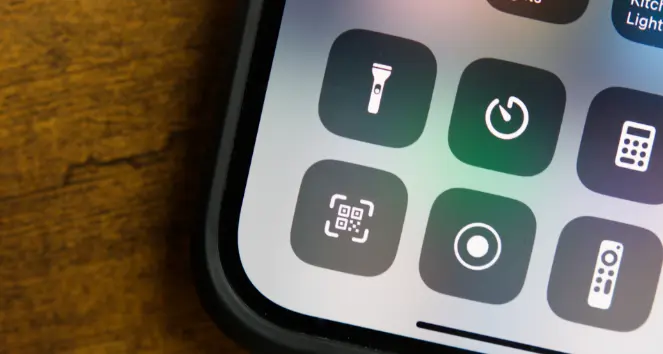Your Shortcut to Sharing: How to Create a QR Code in Minutes
QR codes (Quick Response codes) are those ubiquitous black-and-white squares you see plastered on everything from business cards to billboards. But what exactly do they do, and how can you harness their power for your purposes? Don’t worry, creating a QR code is a breeze! In just a few minutes, you can be on your way to sharing information quickly and conveniently.
What Can They Do?
QR codes act like digital barcodes, storing information that can be accessed by smartphones and tablets equipped with a camera. Imagine them as tiny treasure maps leading users to a specific destination online. Here are just a few ways QR codes can be used:
-
Share Contact Information: Ditch the paper business cards! A QR code can link to your digital vCard, instantly adding your contact details to someone’s phone.
-
Promote Your Website or Social Media: Direct people to your website, social media profiles, or online portfolio with a quick scan.
-
Provide Restaurant Menus or Product Information: Restaurants can use QR codes to display menus electronically, reducing printing costs and offering a more hygienic option. Retailers can link QR codes to detailed product information, enhancing the shopping experience.
-
Event Ticketing and Registration: Simplify event registration by using QR codes on tickets or promotional materials. Attendees can scan the code to access event details or register online.
-
Share Wi-Fi Access: No more manually entering complex Wi-Fi passwords! A QR code can automatically connect users to your network.
These are just a few examples, and the possibilities are truly endless. So, how do you create your very own QR code in minutes?
Creating Your QR Code: A Step-by-Step Guide
The beauty of QR codes lies in their ease of creation. Here’s what you need to do:
-
Choose Your Online QR Code Generator: Numerous free and paid QR code generator websites are available. A quick web search will yield a variety of options.
-
Select Your Content Type: Tell the generator what information you want to encode in the QR code. This could be a website URL, contact details, or even plain text.
-
Customize (Optional): Some generators offer basic customization options like adding your logo or changing the color scheme of the QR code.
-
Download Your QR Code: Once you’re satisfied with your creation, download the QR code as an image file (usually PNG or JPG).
That’s all there is to it! Now you can integrate your QR code into your marketing materials, print it out, or display it digitally.
Pro Tips for QR Code Success:
-
Keep it Simple: Aim for clear and concise information within the QR code. If you’re linking to a lengthy webpage, consider using a URL shortening service to create a more manageable link.
-
Test, Test, Test: Before printing or distributing your QR code, use your smartphone to scan it and ensure it directs you to the correct destination.
-
Track and Analyze (Optional): Some QR code generators offer analytics tools that track the number of scans. This data can provide insights into the effectiveness of your QR code campaign.
By following these simple steps and incorporating these helpful tips, you can create QR codes that effectively bridge the gap between the physical and digital worlds. So, what are you waiting for? Unleash the power of QR codes and share information in a flash!


Comments are closed, but trackbacks and pingbacks are open.